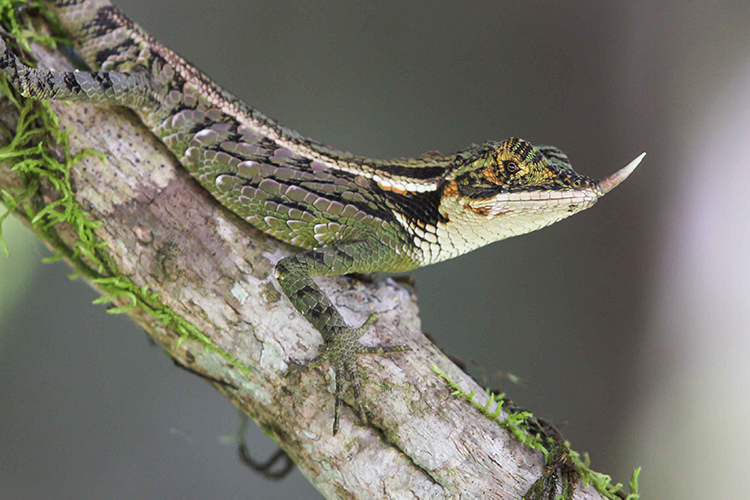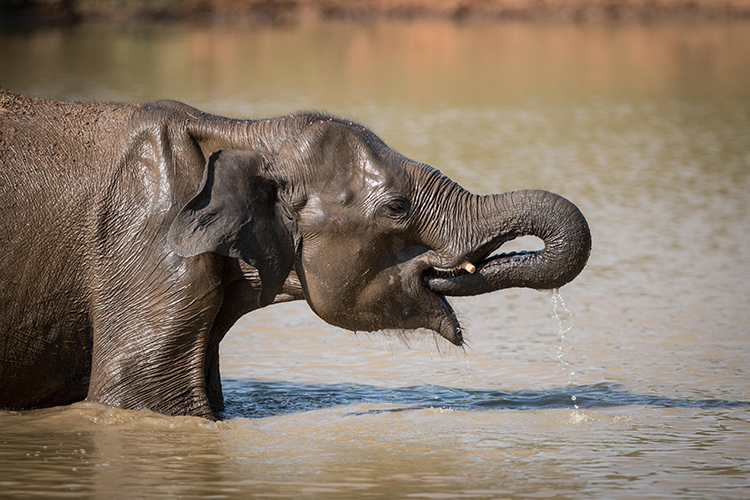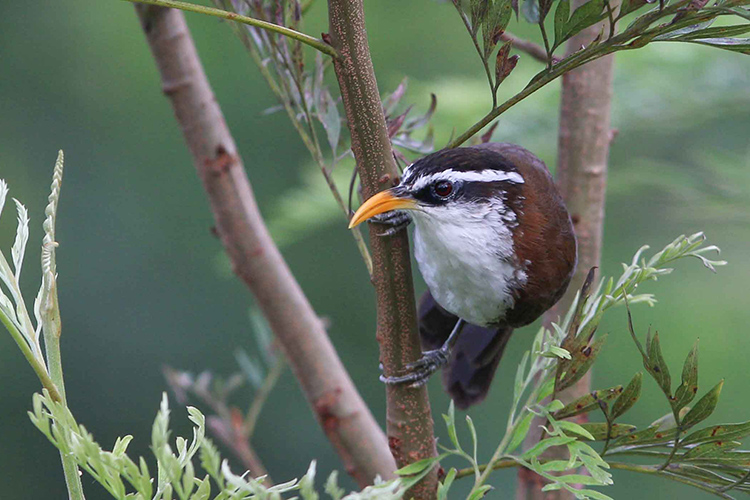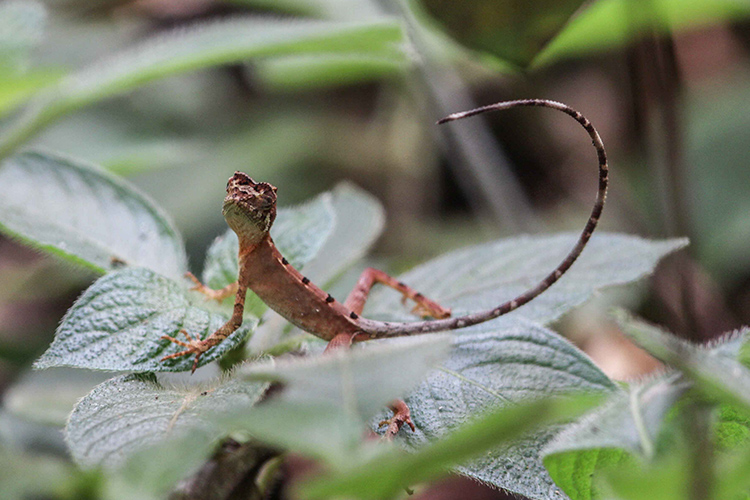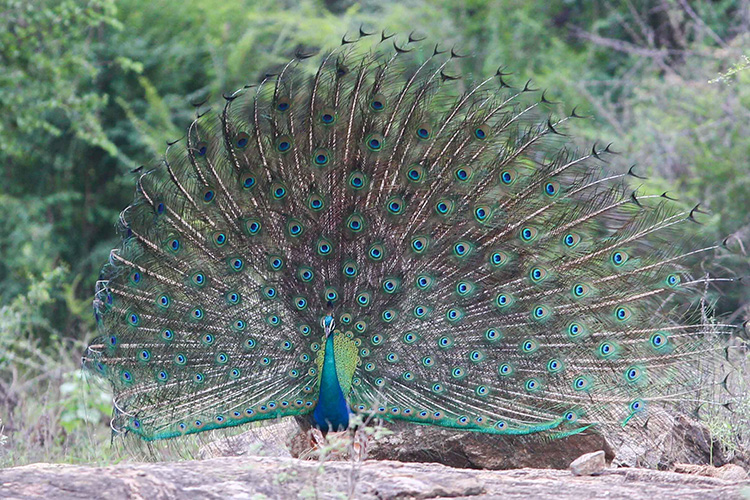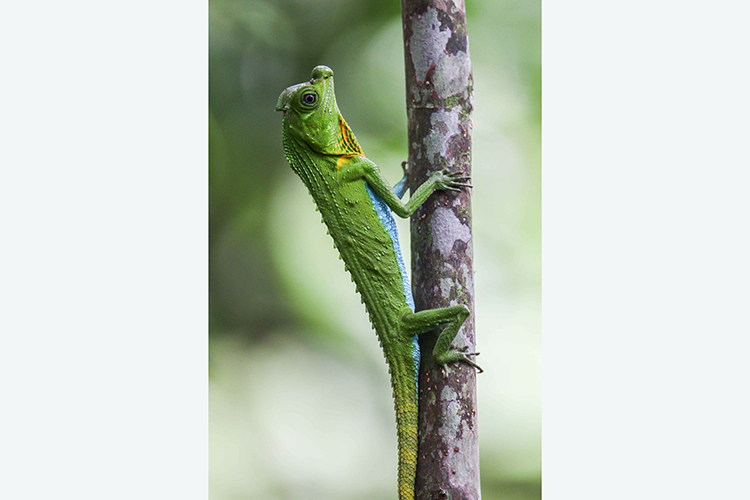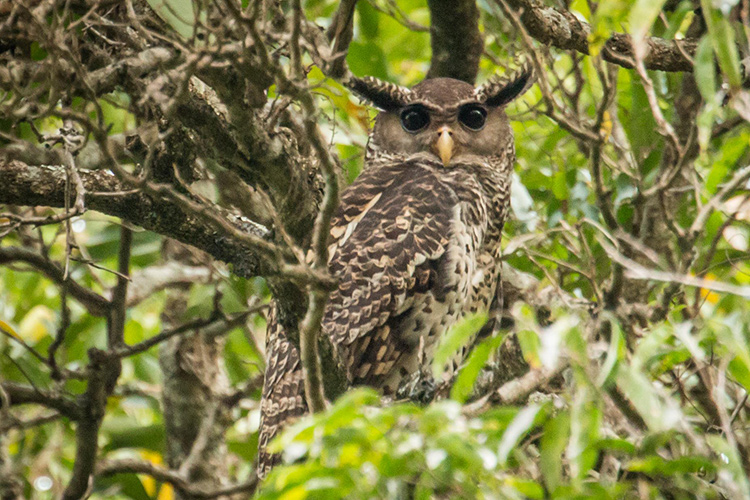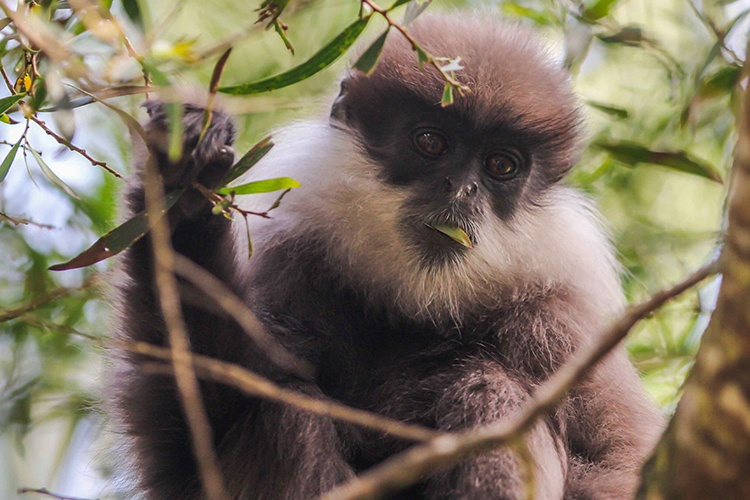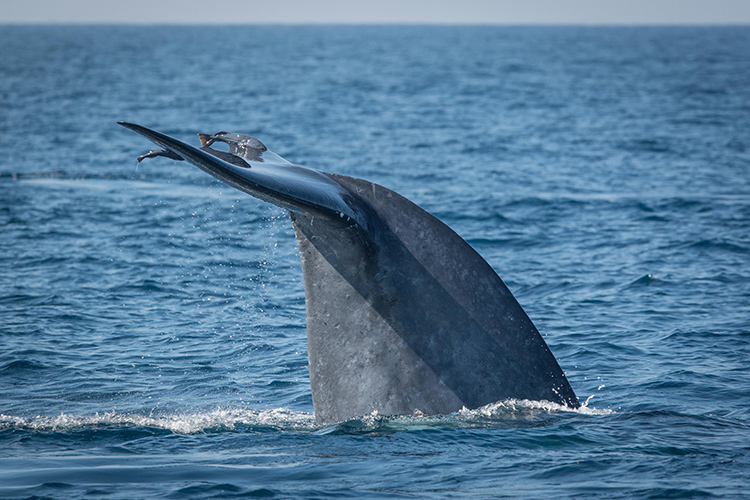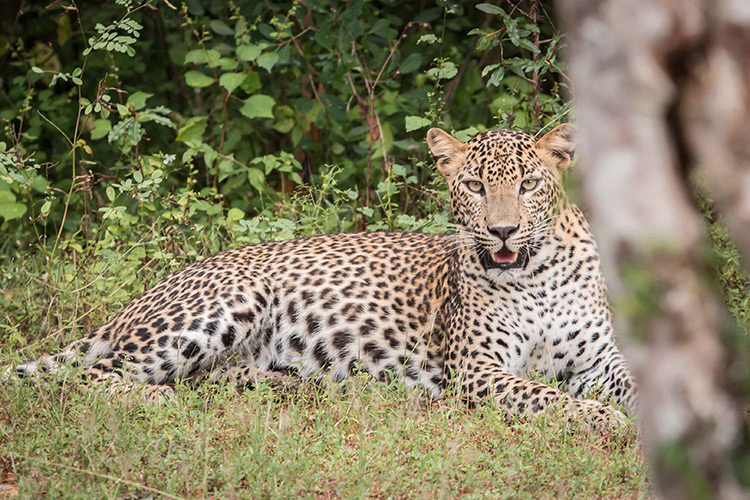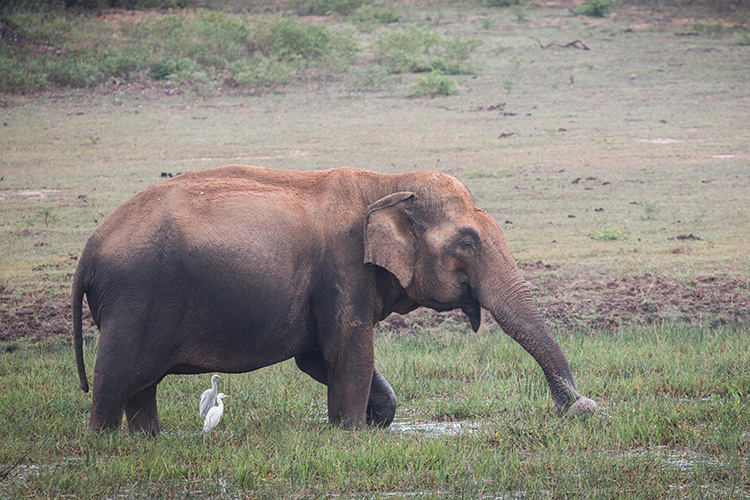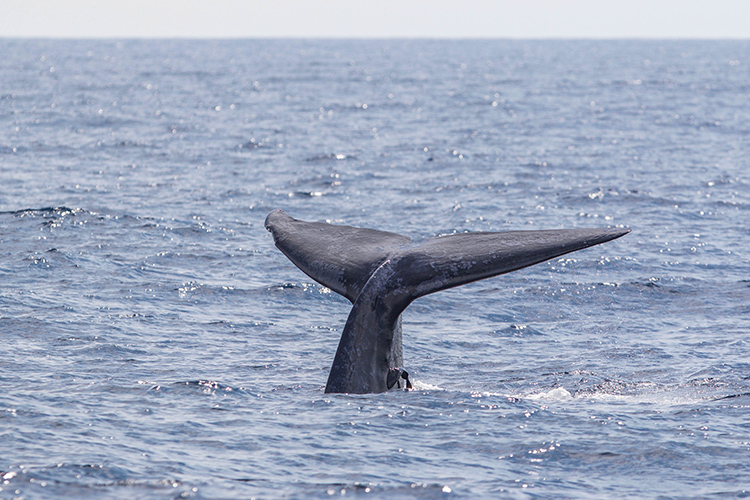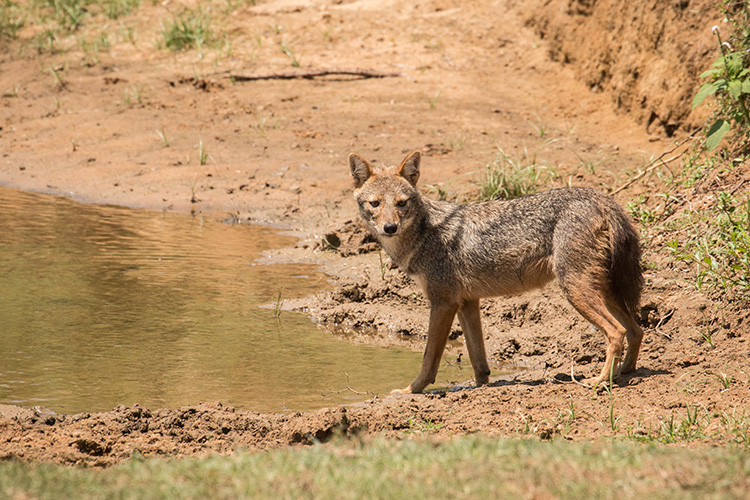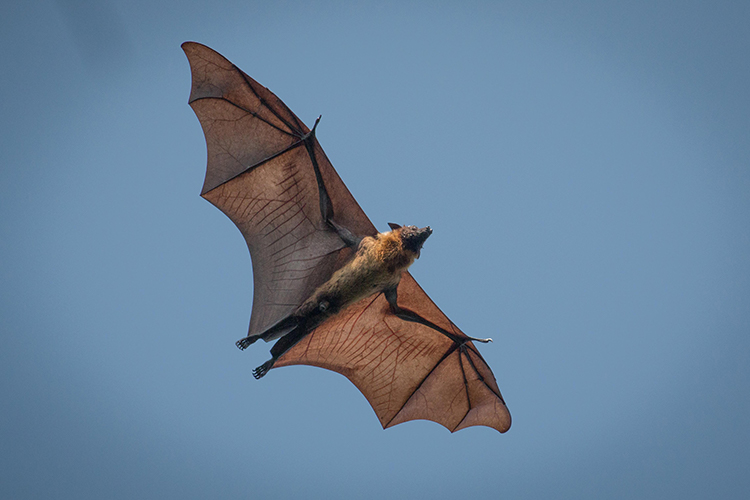Sri Lanka’s Remarkable Biodiversity
Posted by Marco Tonoli
in Asia & Pacific
In this article, Apex field leader Marco Tonoli describes Sri Lanka’s remarkable biodiversity and the fascinating array of wildlife you’ll encounter on the island.
Reaching distant shores
If you’ve ever boarded a ship bound for the remote corners of our planet—most specifically the remote islands of the world—you’ve likely learned about island endemism.
Isolated prior to the great extinction event some 65 million years ago, these islands were inhabited by small cold-blooded creatures that survived the long journey across the ocean from the continental mainland. These islands held no natural predators, allowing the animals to adapt, evolve and speciate. This journey—less arduous for creatures with the ability of flight—allowed many birds, and in some circumstances, bats, to find refuge on these remote islands, and thrive.
Larger land mammals, on the other hand, with higher energy demands and unlikely to have survived these great rafting events, were unable to reach the shores of remote island environments. For this reason, many wildlife experiences in island environments expose us to an amazing array of reptile and marine bird diversity and endemism, but not as many mammals. One notable exception is Madagascar, being just close enough to mainland Africa to allow a small mammal to survive the journey across the Mozambique Channel and discover a land of opportunity. Hence, the massive primate diversity and endemism one finds there today. Yet Madagascar still lacks the presence of large mammals.
Large mammals took a different route
Now take the wonders of island endemism—with small unique creatures existing nowhere else on the planet—and consider that over brief times in the island’s history, a tiny land bridge existed connecting the island to its nearest continent. Large mammals used these land bridges to make their way across. The concept is simple. During cold periods of the Earth’s history, the polar caps drew up more water, lowering the overall ocean levels, exposing land bridges, and allowing access for larger land mammals to immigrate. Then, as temperatures rose, the ice caps melted and ocean levels rose again, washing over the land bridges. Once again, the island was separated from the mainland, and the mammals separated from their mainland counterparts. Over time, this geographic isolation led to these animals evolving to their new environments creating a spectacular result—all of the joys of island endemism mixed with large iconic mammals. This happened in very few locations on our planet. One such location is Sri Lanka!
A tiny island with immense biodiversity
Looking at the tiny island of Sri Lanka on a map, it’s hard to imagine such a small surface area could hold such diversity of life. But once you are on the ground and traveling across the country, you soon realize. Everything about Sri Lanka is a naturalist’s dream come true, with an abundance of remarkably varied habitats and the creatures that exist in each. In fact, due to its dramatic diversity, Sri Lanka has been declared one of the 36 official Biodiversity Hotspots of the World. Located slightly north of the equator in the tropical Indian Ocean, with low-lying coastal belt and a mountainous region in the center of the island, the perfect conditions exist for habitat diversity. Diagonally blowing monsoons, alongside the mountainous interior, creates a very wet zone on the south west of the island.
On one side of the spectrum you have a tropical rainforest, with primary forest still very much intact, and the plethora of life that exists there. The bulk of Sri Lanka’s small mammal, reptile and bird endemics are found here, many of which occur nowhere else on Earth.
The bird wave at Sinharaja Forest
The Sinharaja Forest, a tract of Sri Lanka’s primary rainforest, is home to one of the great bird spectacles on our planet, where “bird wave” behavior is common and frequently seen. Led by the call of the domineering Sri Lanka Crested Drongo, and followed closely by more raucous Orange-billed Babblers, as many as 30 to 40 birds (up to 12 different species) will join this mixed-species feeding flock. The birds noisily and systematically move through the forest at different levels taking advantage of disturbed insects that are now easy prey for the flying mob. A day in the forest can scoop up a handful of Sri Lanka’s endemic birds in an exciting rush of activity in a dramatically beautiful forest.
The iconic animals of Yala National Park
On the other end of the spectrum, the coastal reserve of Yala National Park is semi deciduous forest with open meadows allowing for large iconic mammals such as Asian Elephant, Asian Leopard and Sloth Bear. And with the country’s mountainous center—with cloud forests and extensive plains—you have an island within an island, with many creatures adapting to this highland habitat and unable to migrate out of these environments. Along with the many endemic birds to be discovered in this region, it is also home to the endemic Purple-faced Langur, also called the “bear monkey” due to its long shaggy coat. You’ll also see colorful and bizarre reptiles, like the Rhino-Horned Lizard and Whistling Lizard, discovering an entirely new range of creatures than the day before.
A paradise of creatures seen nowhere else on Earth
As an island environment with a coastline of 830 miles, the country offers rich marine and coastal biodiversity as well, and is home to over 1,300 species of marine fish. The coastline is also renowned for having some of the most successful viewing of the largest mammal to have ever existed, the Blue Whale.
Simply put, Sri Lanka is a nature enthusiast’s paradise. It is an island destination like no other, offering the great beasts one can see on mainland India, but even more exciting, a slew of wonderful creatures seen nowhere else on Earth. This island nation is considered to be the richest country in the Asian region in terms of species concentration with 240 birds, 211 reptiles, 125 mammals, 245 butterflies, and 3,154 flowering plants.
Learn more
If you are looking for a journey of discovery where every day offers something wondrous and new, Sri Lanka is the place to be. To learn more about traveling to this remarkable island, visit our Sri Lanka expedition page.

